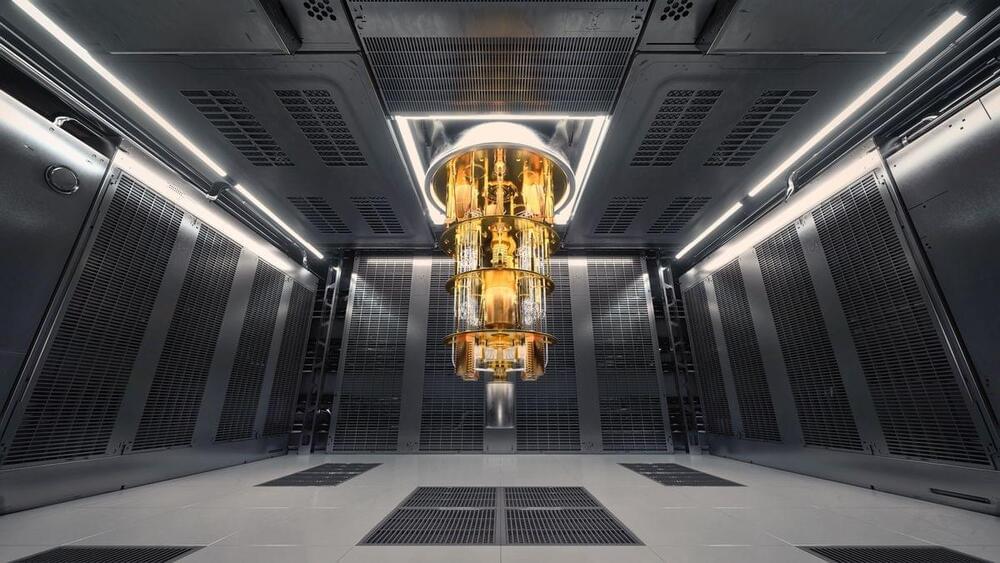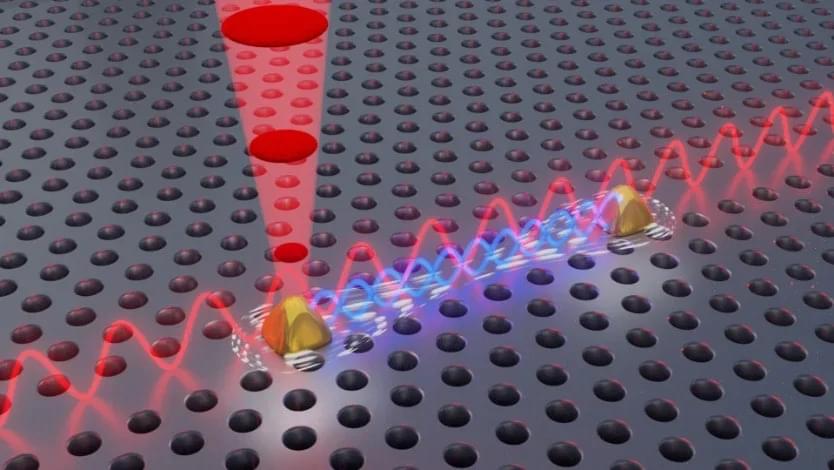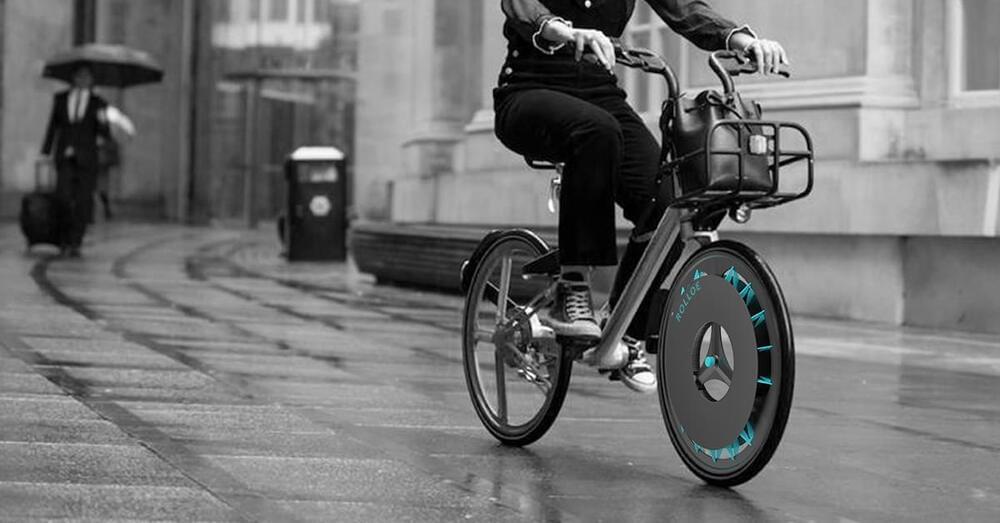Page 69
Dec 27, 2024
What is quantum supremacy?
Posted by Jose Ruben Rodriguez Fuentes in category: quantum physics
Dec 27, 2024
Danish researchers redefine quantum mechanics with major discovery
Posted by Genevieve Klien in categories: innovation, quantum physics
A persistent challenge in quantum research has been overcome by scientists at the University of Copenhagen in collaboration with Ruhr University Bochum. They have successfully achieved control over two quantum light sources simultaneously—a feat previously limited to just one.
This breakthrough might appear modest to those outside the realm of quantum mechanics, but it marks a pivotal moment in the field. By enabling the creation of quantum mechanical entanglement, this advancement opens the door to transformative commercial technologies.
Dec 27, 2024
Magnetic shape-shifting surface can move stuff without grasping it
Posted by Genevieve Klien in category: futurism
Dec 27, 2024
Scientists Just Made Molecules Do the Impossible With Light
Posted by Genevieve Klien in categories: biotech/medical, chemistry
This groundbreaking approach could revolutionize technology and medicine by leveraging sunlight to develop innovative materials, smart drugs, and dynamic systems mimicking the non-equilibrium processes in living organisms.
Harnessing Light for Molecular Manipulation
Using a creative combination of light-driven (photochemical) reactions and molecular self-assembly, a research team led by Prof. Alberto Credi at the University of Bologna has achieved a groundbreaking feat. They successfully inserted a thread-like molecule into the cavity of a ring-shaped molecule, forming a high-energy structure that would normally be impossible under thermodynamic equilibrium. In essence, light enables the creation of molecular configurations that nature cannot achieve on its own.
Dec 27, 2024
Isaac Newton’s Lost Musical Insights
Posted by Dan Breeden in categories: education, media & arts

The father of gravity had some thoughts about music.
Support 12tone on Patreon to help us keep making cool videos! https://www.patreon.com/12tonevideos.
Watch this video on Nebula: https://nebula.tv/videos/12tone-isaac-newtons-lost-musical-brilliance.
Music history is littered with great thinkers, bringing a broad range of unique perspectives to the exploration of the art form. But a name you might not expect to see on that list is Sir Isaac Newton, president of the Royal Society and leader of the Scientific Revolution. And for good reason: he pretty much never wrote about music. It wasn’t an area particularly that interested him, and he rarely if ever listened to music for fun. But as a part of his well-rounded education, he did learn music *theory*, and a nearly-forgotten notebook from his college years tells us a lot about how he understood the subtle art of sound.
All of statistics and much of science depends on probability—an astonishing achievement, considering no one’s really sure what it is.
By David Spiegelhalter & Nature magazine
Life is uncertain. None of us know what is going to happen. We know little of what has happened in the past, or is happening now outside our immediate experience. Uncertainty has been called the ‘conscious awareness of ignorance’ — be it of the weather tomorrow, the next Premier League champions, the climate in 2100 or the identity of our ancient ancestors.
Dec 27, 2024
ROLLOE is a bicycle wheel that uses movement to actively purify air via washable filters
Posted by Omuterema Akhahenda in categories: energy, transportation
This is old, but still cool. Kristen Tapping, a student at london south bank university, has created a bicycle wheel with pollution filters that uses movement to actively purify the air. dubbed ROLLOE — roll off emissions — the wheel can take the busiest, most polluted roadways, and with zero energy, except for the pedal power from the cyclist, it aims to tackle one of the most pressing problems of the modern urban age: pollution.
ROLLOE — roll off emissions — uses pedal power from the cyclist to transform polluted air into clean one.
Dec 27, 2024
Space Debris
Posted by Omuterema Akhahenda in categories: education, space travel, sustainability

Removing Space Junk is an issue, but technology is advancing so solutions are available, but people are too stupid to know what they are. There is a demand to remove space junk. In my Marketing class I was taught Marketing starts with demand. No one has yet to develop a solution. Space Junk has recyclable content, which money is spent on mining to develop. 🙄 Many people spend money many ways without thinking of its impact. Musk spent like 40 billion for Twitter instead of finding a solution for recycling “Space Waste”, which adds value to his companies.
“The Universe is infinite But space has its limits Rockets a launching Sat’lites are orbiting Explosions in Space Oh what a waste Fragments go flying And we go crying “Space junk we’ve got” Man-made or not Then comes Kessler Who knows the better When things collide Their debris do multiply Thanks to partnering And NASA’s gathering We look for ways To manage the spray” – S. Thuy Nguyen-Onstott.
Dec 27, 2024
Spacecoin deploys first satellite for decentralized space connectivity
Posted by Genevieve Klien in categories: mobile phones, satellites
TAMPA, Fla. — Spacecoin said it is successfully communicating with its recently launched debut connectivity satellite, designed to test technology for a decentralized space-based network shared by multiple investors.
“We have established regular communication with the satellite,” Spacecoin founder Tae Oh said, following SpaceX’s Dec. 21 Falcon 9 rideshare mission to low Earth orbit.
The venture aims to start testing its CTC-0 small satellite early next year, initially demonstrating space-enabled text messaging to a specialized handheld antenna but ultimately directly to standard smartphones.















